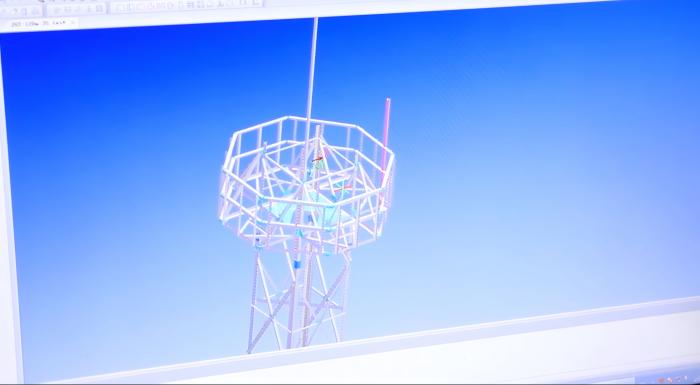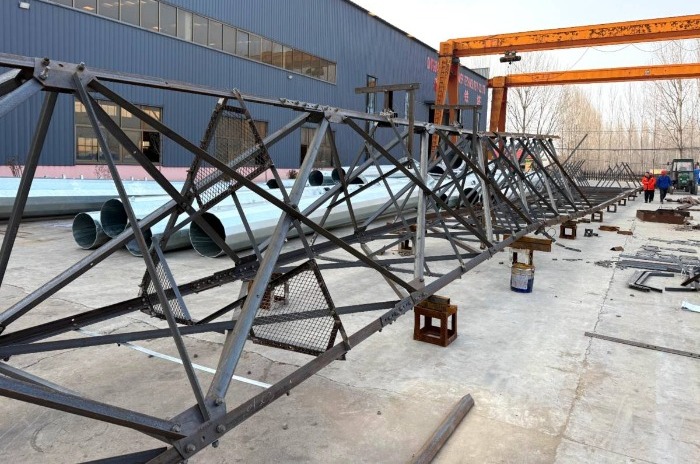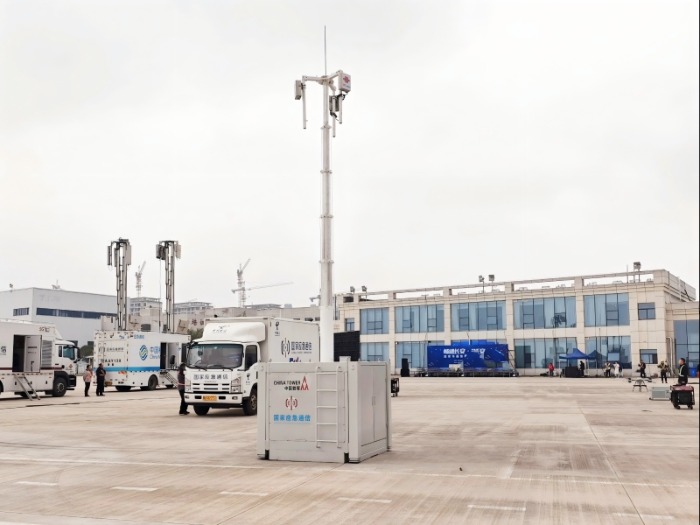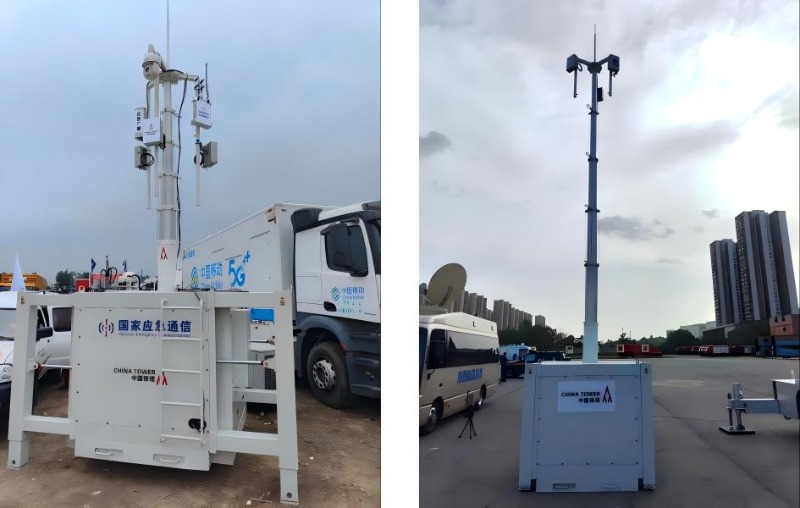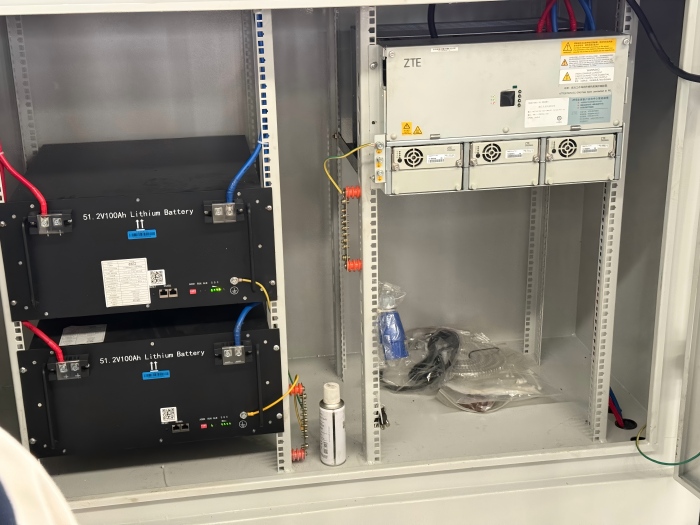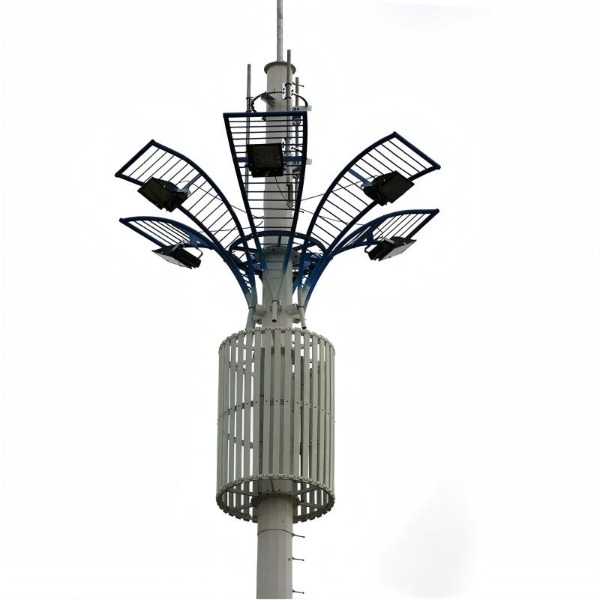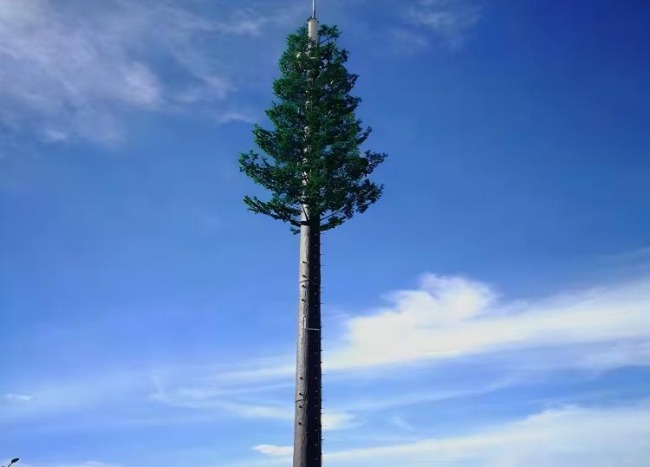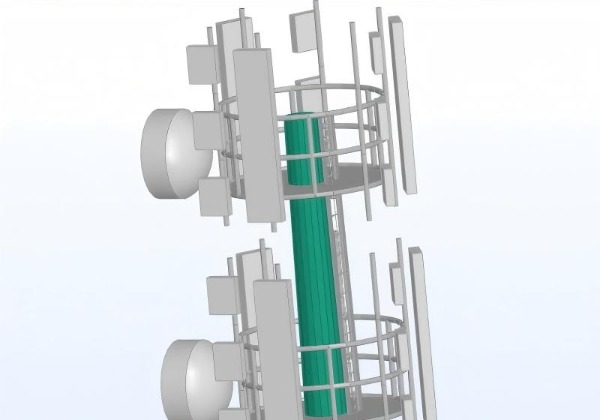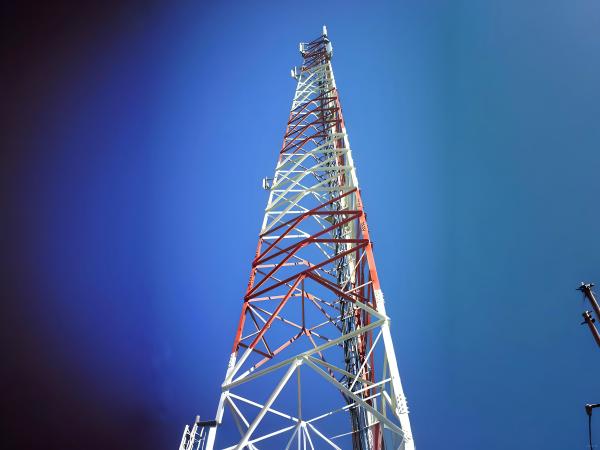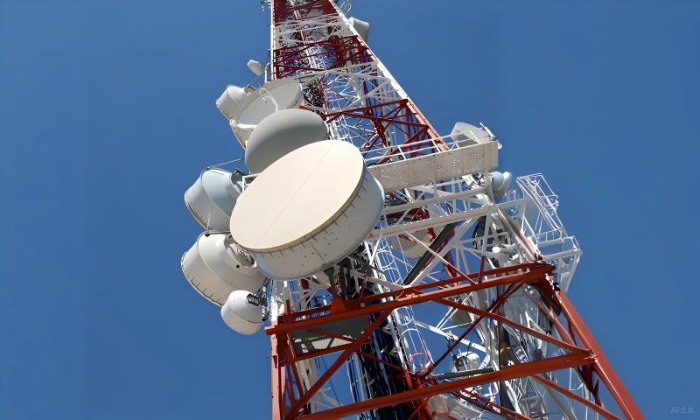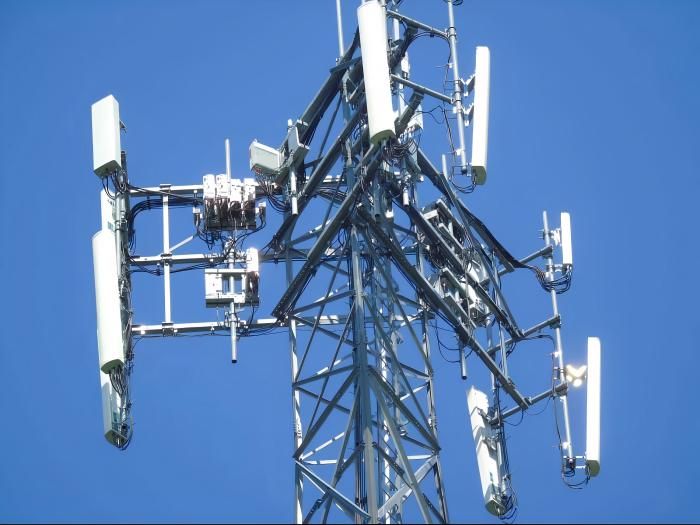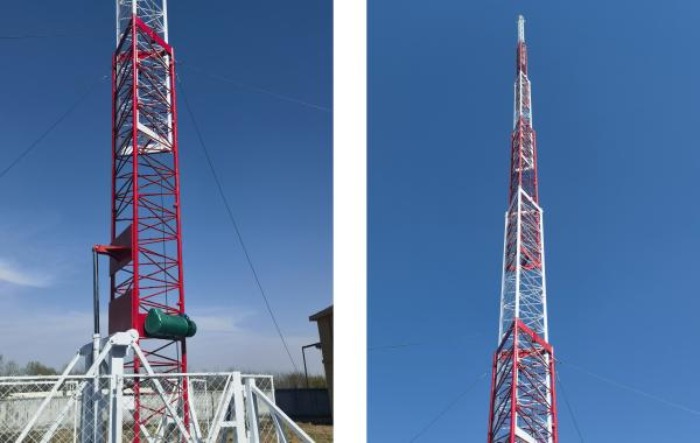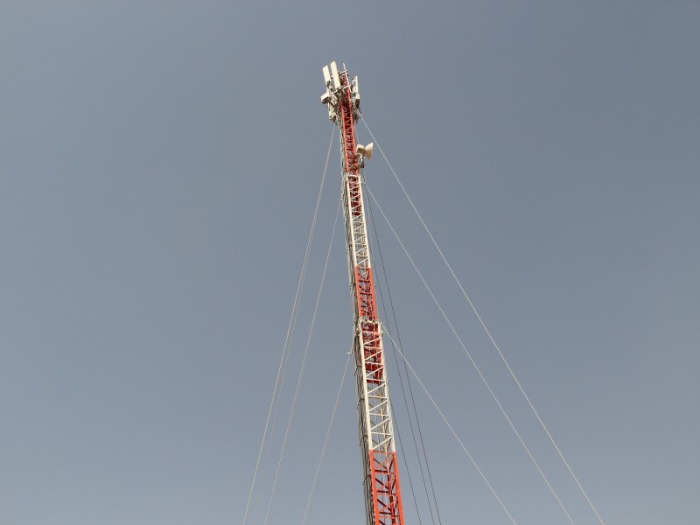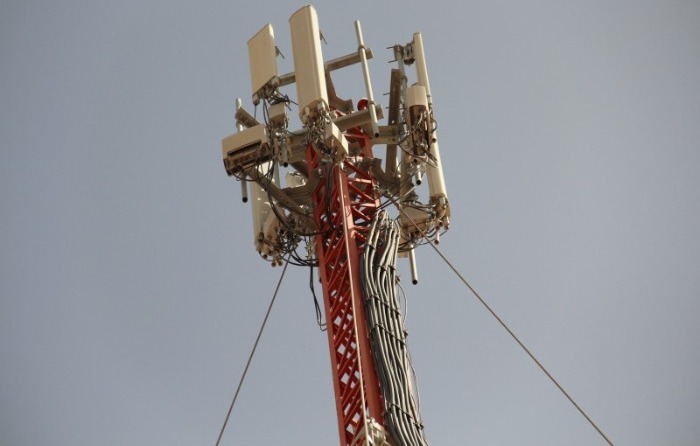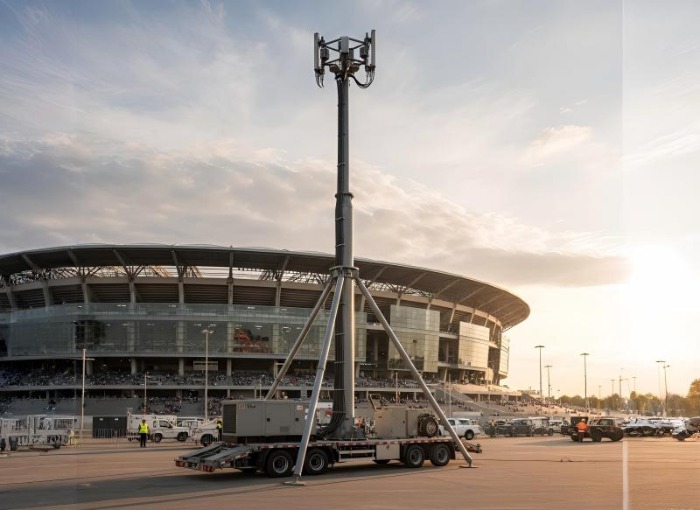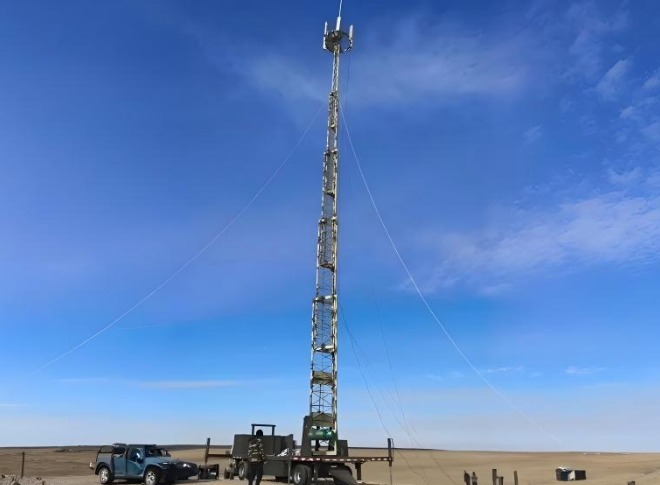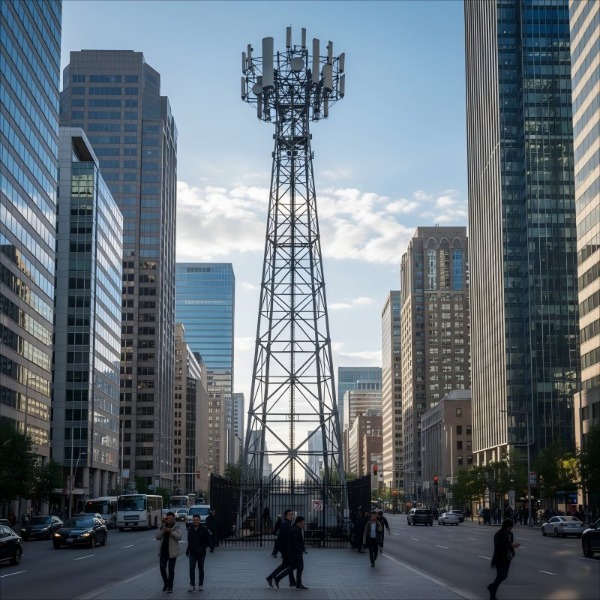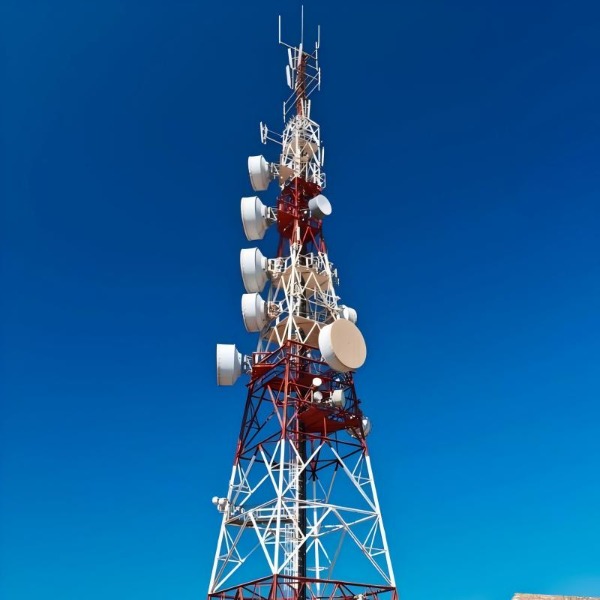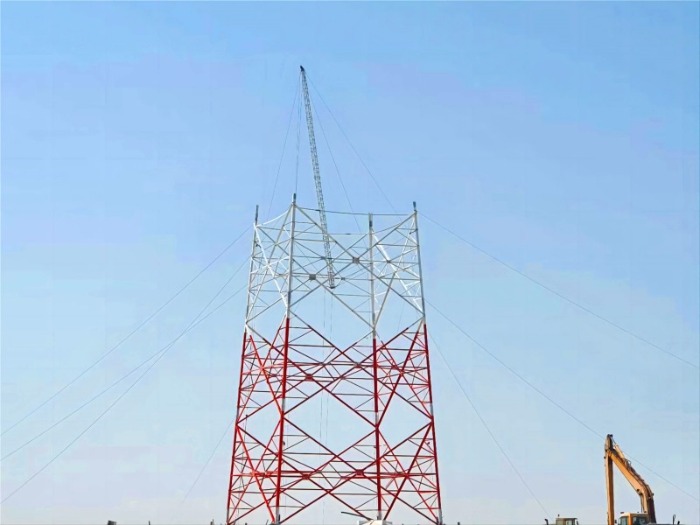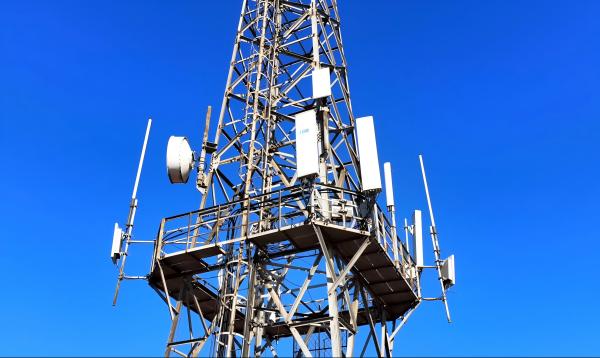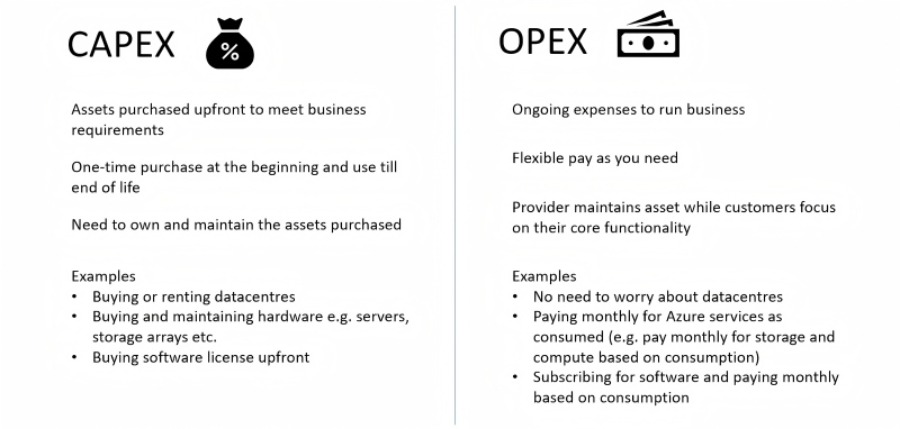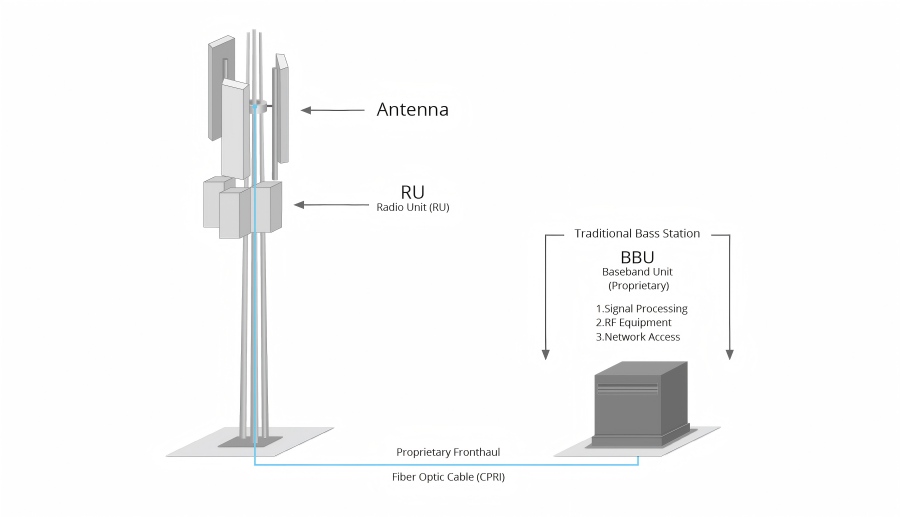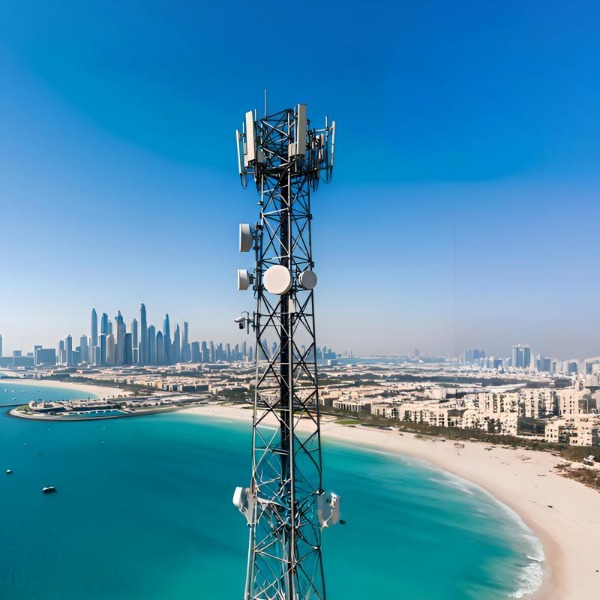In the rapidly evolving world of telecommunications infrastructure, speed-to-market is a critical competitive advantage. The ability to move from design to operational tower in the shortest possible time can determine the success of network rollouts. For 5G deployments, emergency restorations, or market expansion projects, the 30-day manufacturing and deployment cycle for 3-Legged Angle Steel Towers represents a remarkable achievement in engineering and project management. This blog traces the journey of these essential structures from raw materials to functioning assets.
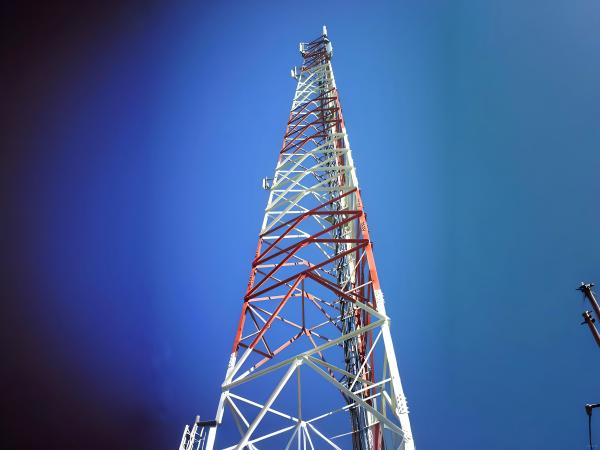
The 30-Day Challenge: Why Timeline Matters
The telecommunications industry operates at an unprecedented pace, with network operators facing aggressive deployment schedules to meet coverage obligations and capitalize on first-mover advantages. A traditional tower deployment cycle can extend to several months, creating significant bottlenecks. The 30-day accelerated timeline addresses this challenge through:
- Pre-approved standardized designs that eliminate engineering delays
- Parallel processing of manufacturing and site preparation
- Prefabricated modular components that minimize on-site work
- Advanced project management that synchronizes all activities
Days 1-5: Design Finalization and Material Procurement
The clock starts ticking with the transition from conceptual design to manufacturing-ready plans.
Standardized Design Library
At Qingdao Altai Tower, we maintain an extensive library of pre-engineered, pre-certified designs for various height requirements (typically 15-80 meters) and load capacities. This approach eliminates the need for custom engineering while maintaining compliance with international standards including TIA-222-G and EN 1993-3-1.
Material Selection and Sourcing
High-strength steel (Q345 or equivalent ASTM A572 Grade 50) forms the backbone of our towers, offering an optimal balance of strength and weight. Our strategic location in China's primary steel-producing region ensures immediate material availability, with certified mill test reports validating mechanical properties and chemical composition at receipt.
Days 6-20: Manufacturing Excellence
The manufacturing process transforms raw steel into precision tower components through a carefully orchestrated sequence.
Component Fabrication
-
Cutting and punching: CNC-controlled equipment processes angle steel members with tolerances within ±1mm
-
Jig assembly: Specialized fixtures ensure dimensional accuracy during sub-assembly
-
Welding qualification: All critical welds undergo rigorous inspection and testing
Quality Assurance Integration
At Qingdao Altai Tower, we've integrated quality verification throughout the manufacturing process rather than as a final checkpoint. This approach identifies potential issues early, preventing rework delays while ensuring consistent output that meets specified standards.
Surface Protection Systems
Hot-dip galvanizing per ASTM A123 specifications provides corrosion protection for decades. Our in-house galvanizing facilities eliminate external processing delays, with zinc coating thickness consistently maintained at 85μm minimum.
Days 15-25: Parallel Site Preparation
While manufacturing continues, site preparation progresses simultaneously.
Foundation Construction
The three-legged configuration allows for individual concrete foundations at each leg point, which are typically 20-30% smaller than equivalent four-legged tower foundations. This design efficiency translates to reduced excavation volumes, concrete quantities, and curing time.
Logistics Coordination
Component shipping is sequenced to match installation schedules, with careful attention to:
-
Transport optimization to minimize costs
-
Delivery coordination with site readiness
-
Component labeling that simplifies identification during erection
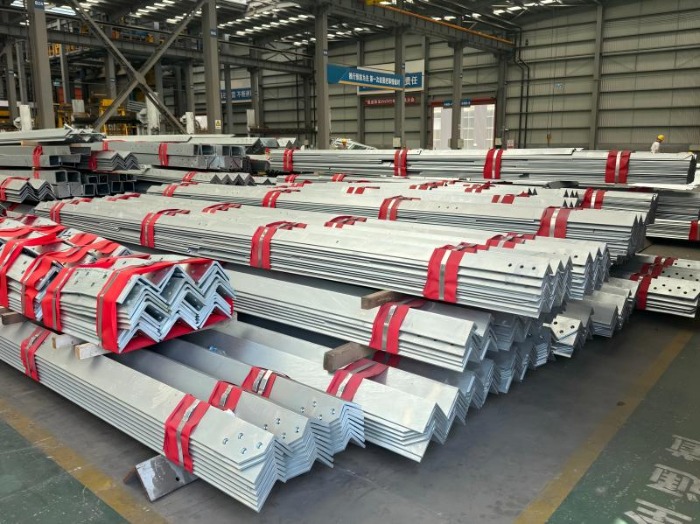
Days 26-30: Rapid Deployment
The final phase transforms prepared sites into operational assets.
Erection Methodology
-
Crane-assisted assembly: Depending on tower height and site accessibility, appropriate lifting equipment positions pre-assembled sections
-
Bolted connections: High-strength bolts facilitate rapid joining of components without the time delays associated with field welding
-
Progressive alignment: Each tower section is verified for plumb before proceeding to the next
Antenna Integration
Our design incorporates pre-determined mounting positions for various antenna types (GSM, RRU, CDMA, MW), streamlining the attachment process. The structural design accounts for both current equipment and future additions.
Final Commissioning
The deployment concludes with comprehensive testing, including:
-
Structural integrity verification
-
Antenna alignment confirmation
-
Grounding system validation
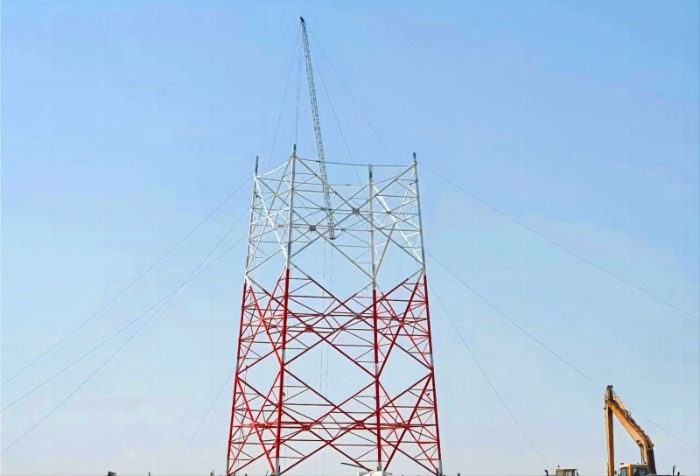
Qingdao Altai Tower Advantages in Accelerated Deployment
Our approach to rapid tower deployment incorporates several distinct advantages:
Integrated Manufacturing Capabilities
With complete in-house control over the entire manufacturing process, including specialized surface treatment facilities, we eliminate dependencies on external suppliers that typically create schedule uncertainty.
Proactive Project Management
Dedicated project managers maintain continuous coordination between manufacturing, logistics, and field teams, employing sophisticated tracking systems to identify potential bottlenecks before they impact the critical path.
Proven Methodology
Our established procedures for accelerated deployment have been refined through numerous successful projects, delivering functional towers within the demanding 30-day timeframe without compromising quality or safety.
Conclusion: The Future of Rapid Infrastructure Deployment
The ability to manufacture and deploy 3-Legged Angle Steel Towers within 30 days represents a significant competitive advantage in the telecommunications industry. This accelerated timeline demonstrates how engineering excellence, manufacturing precision, and project management sophistication can combine to meet the urgent infrastructure needs of modern network operators. As technology continues to evolve, the methodologies refined in these rapid deployments will increasingly influence standard industry practices, making quick-response infrastructure the expectation rather than the exception.
At Qingdao Altai Tower, we've made the 30-day deployment cycle a repeatable reality through continuous process improvement and unwavering commitment to quality. In tomorrow's connected world, the race will belong to those who can build today.
Learn more at www.alttower.com
